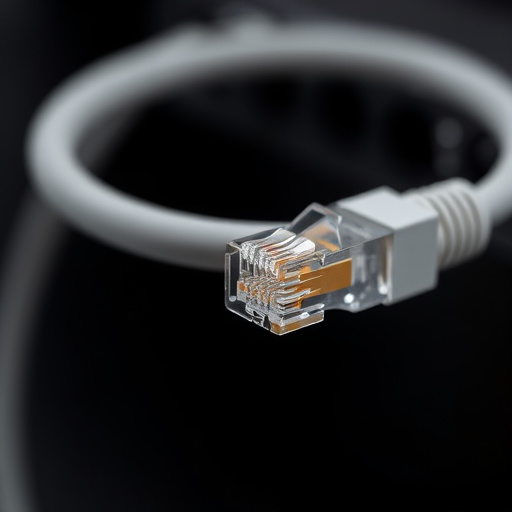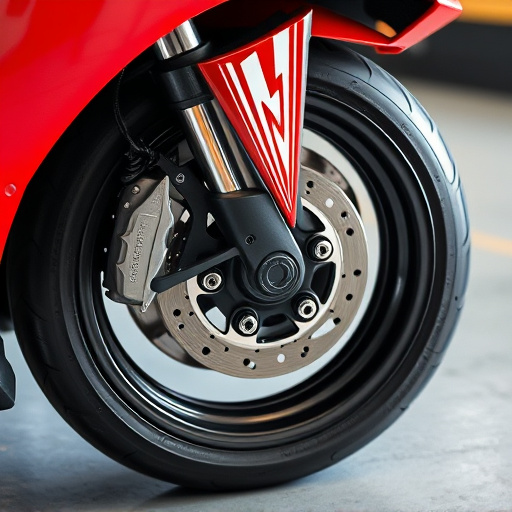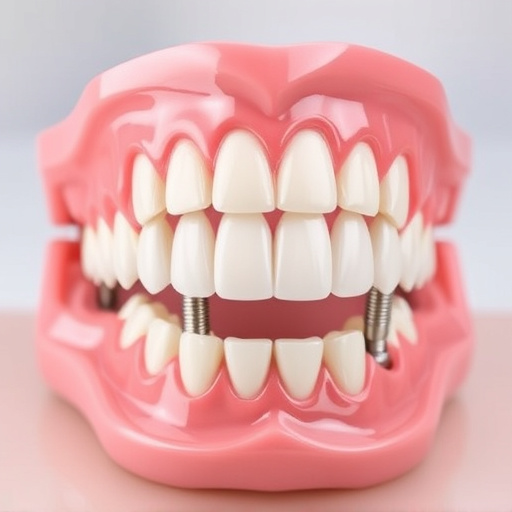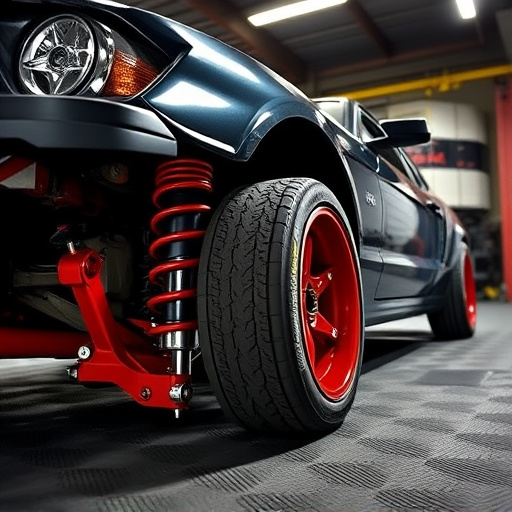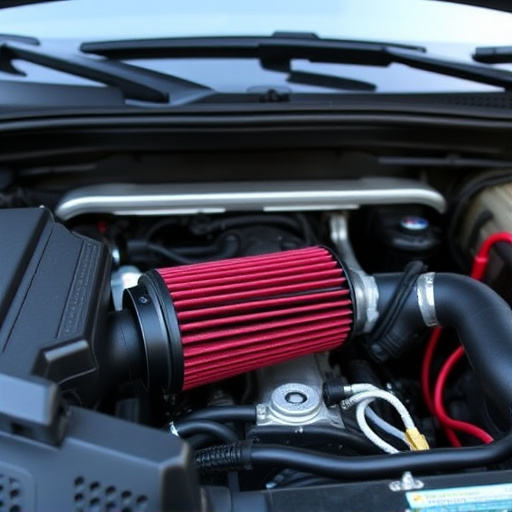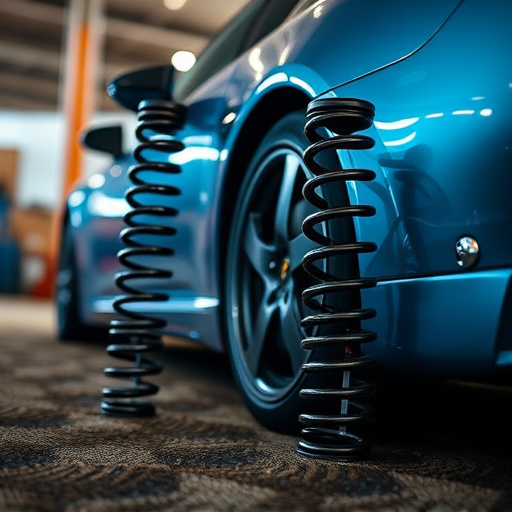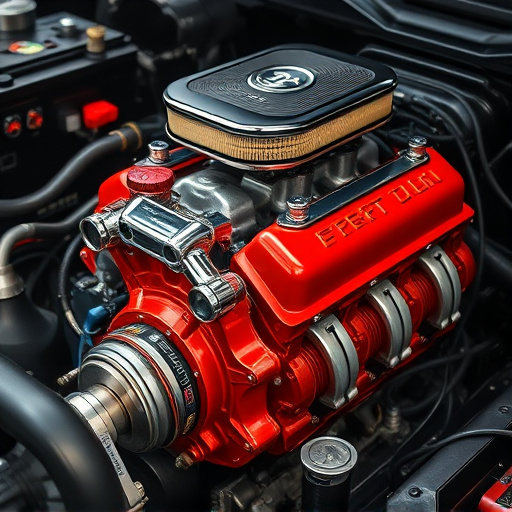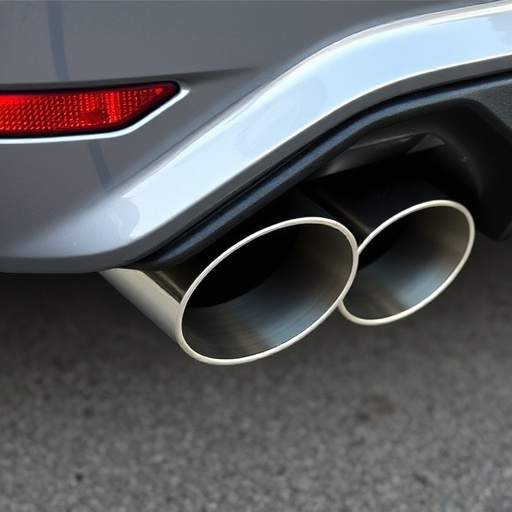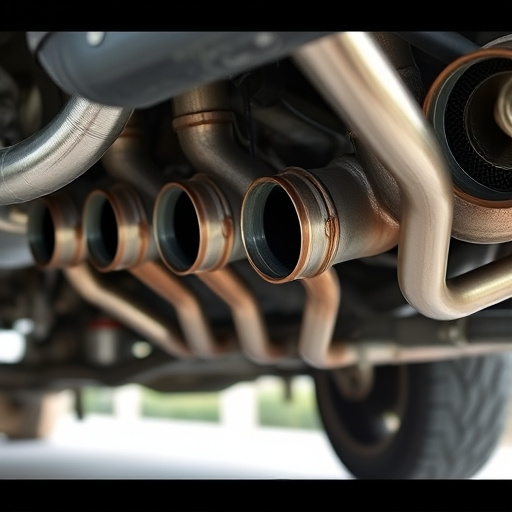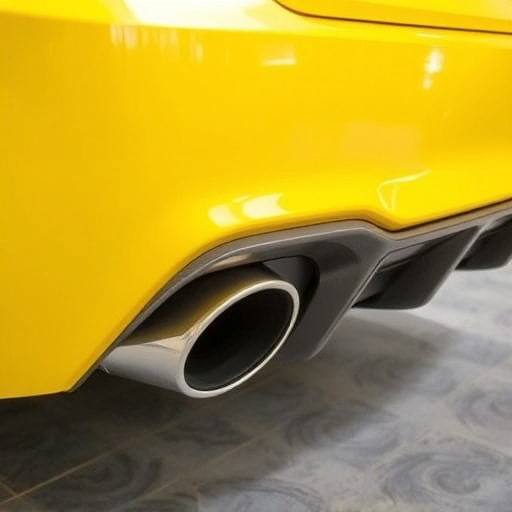Engine air intake (EAI) dynamics optimize airflow into combustion chambers, boosting engine power and performance. Careful design integrates materials and systems for unique sounds, enhancing driving experience while improving throttle response and vehicle efficiency. Specialized equipment measures sound quality, guiding material selection and component design to achieve desired acoustic signatures, aligning with overall vehicle dynamics.
Engine air intake enhancements have emerged as a powerful tool for optimizing vehicle performance, especially in the realm of sound. By understanding the dynamics of how air flows into the engine, engineers can design and engineer components that significantly alter the sound landscape. This article delves into the science behind it, exploring how measured modifications to engine air intakes can enhance sound quality, offering both an aesthetic and technical advantage for car enthusiasts.
- Understanding Engine Air Intake Dynamics
- The Role of Design and Engineering
- Measuring and Enhancing Sound Quality
Understanding Engine Air Intake Dynamics

Engine air intake dynamics are a fascinating aspect of automotive engineering, playing a pivotal role in enhancing both engine power and sound. The process begins with the air entering the engine through an opening, or intake, where it is drawn into the combustion chamber. This intake air is vital for fuel combustion, and its quality directly impacts engine performance. The dynamic nature of this system involves various factors, such as pressure differentials, airflow velocity, and temperature, all working in harmony to deliver optimal power and efficiency.
Understanding how air flows through the intake manifold, around and past air filters, and eventually into the cylinders is crucial for modifying and enhancing vehicle performance. By optimizing these elements, manufacturers can ensure a steady stream of clean air, which in turn allows the engine to burn fuel more efficiently, resulting in improved throttle response and overall vehicle performance. Even components like brake rotors, while unrelated to intake dynamics directly, can benefit from enhanced engine power delivery due to better overall vehicle control during high-performance situations.
The Role of Design and Engineering

The design and engineering behind engine air intake enhancements play a pivotal role in transforming a vehicle’s acoustic profile. By meticulously crafting air intake systems, engineers can create a symphony of sounds that enhances the overall driving experience. The focus is on optimizing airflow while incorporating innovative materials and designs to produce unique tones. Every component, from the air filter housing to the intake tubes, is carefully selected and shaped to control the velocity and pressure of air entering the engine, thereby influencing the exhaust note.
These enhancements often work in harmony with other automotive systems, such as tailored exhaust systems and even brake pads, to create a cohesive acoustic signature. The integration of advanced materials and technologies ensures not only a more appealing sound but also improved performance. This holistic approach allows for the customization of various driving experiences, catering to enthusiasts who seek both sensory delight and enhanced vehicle dynamics.
Measuring and Enhancing Sound Quality

Measuring sound quality is a crucial aspect of enhancing engine air intake (EAI) performance. By using specialized equipment like sound meters and analyzers, engineers can precisely capture and analyze the acoustic properties of an EAI system. This data allows them to identify areas for improvement, ensuring optimal sound design. Beyond mere measurement, enhancing sound quality involves carefully selecting materials and designing components to create a desired acoustic signature. For instance, lightweight materials in air filters or resonators can significantly alter the intake noise, contributing to a more refined and sporty engine sound without compromising performance.
In tandem with EAI modifications, other vehicle components like brake pads, suspension parts, and even a performance exhaust system also influence overall vehicle noise. However, strategic adjustments to these elements must be made in harmony with the EAI enhancements to achieve a balanced and harmonious acoustic experience. This holistic approach ensures that each component contributes positively to the vehicle’s sound profile, creating a unique and appealing auditory signature.
Engine air intake enhancements play a significant role in optimizing not just performance, but also the auditory experience. By understanding the dynamics of air intake and leveraging advanced design and engineering techniques, we can significantly improve sound quality. Through measured adjustments, these modifications transform the engine’s rumble into a refined symphony, enhancing both the driving pleasure and the overall vehicle performance.
